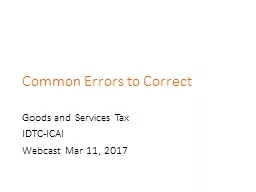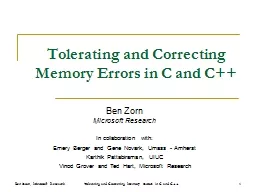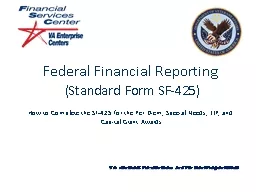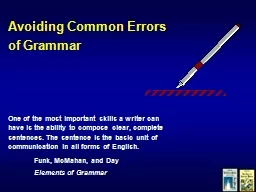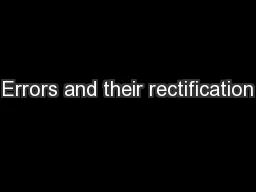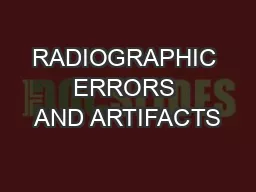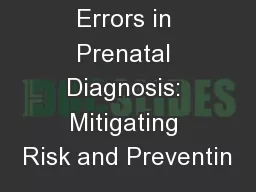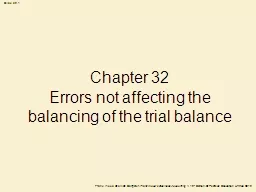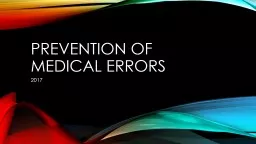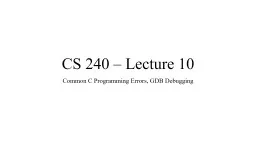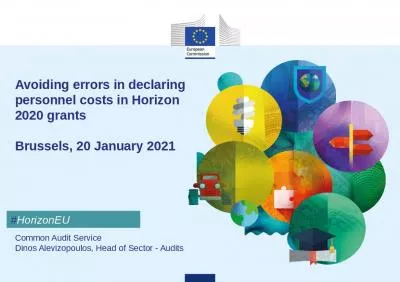PPT-Common Errors to Correct
Author : faustina-dinatale | Published Date : 2017-05-08
Goods and Services Tax IDTCICAI Webcast Mar 11 2017 General Errors Review relevance of current litigation Recover predeposit into transition credit Goods are wrongly
Presentation Embed Code
Download Presentation
Download Presentation The PPT/PDF document "Common Errors to Correct" is the property of its rightful owner. Permission is granted to download and print the materials on this website for personal, non-commercial use only, and to display it on your personal computer provided you do not modify the materials and that you retain all copyright notices contained in the materials. By downloading content from our website, you accept the terms of this agreement.
Common Errors to Correct: Transcript
Download Rules Of Document
"Common Errors to Correct"The content belongs to its owner. You may download and print it for personal use, without modification, and keep all copyright notices. By downloading, you agree to these terms.
Related Documents

